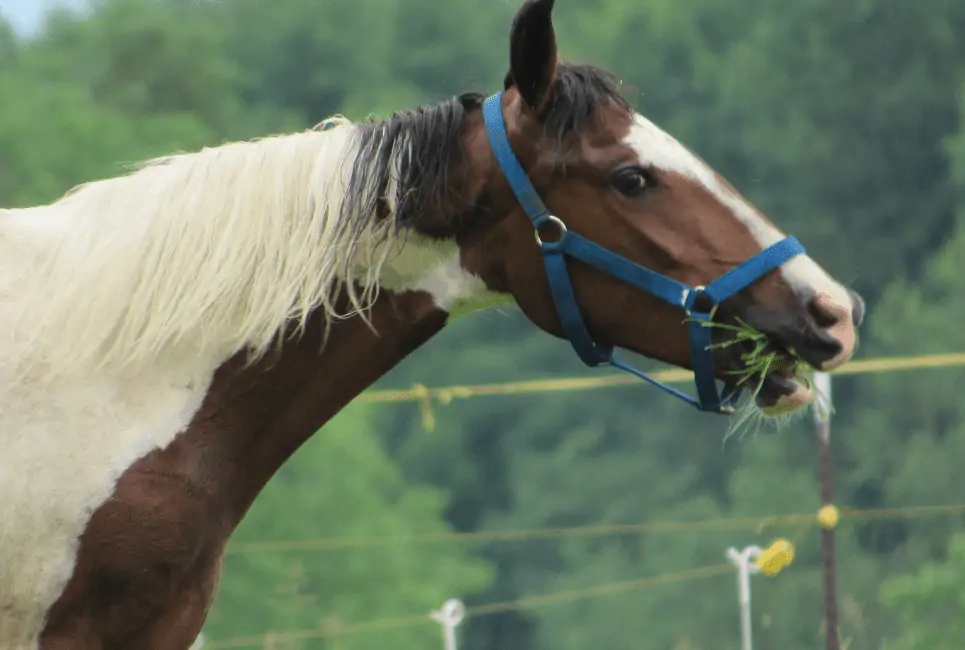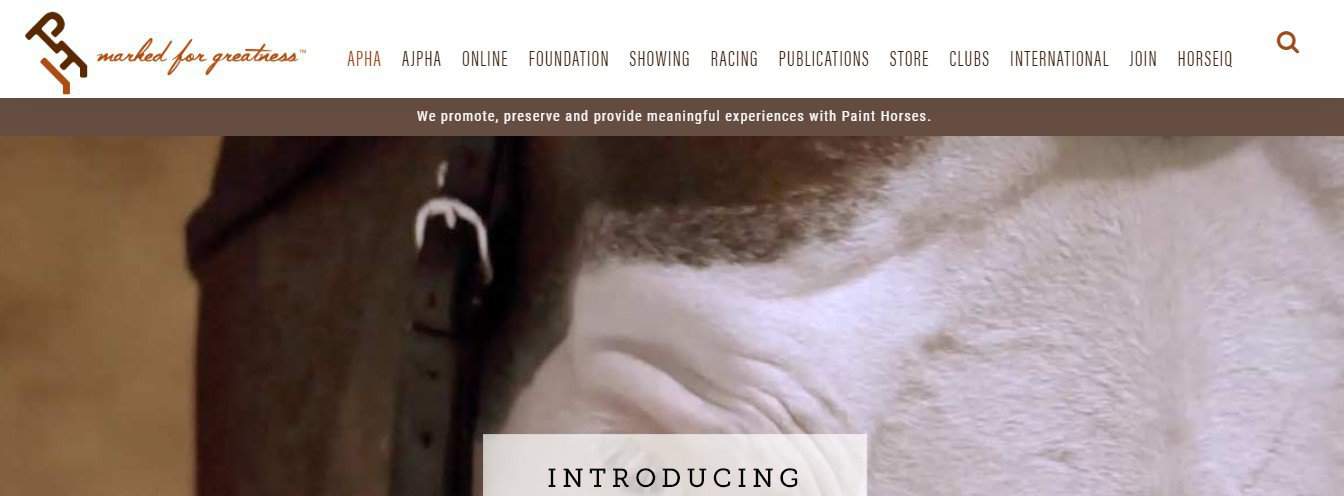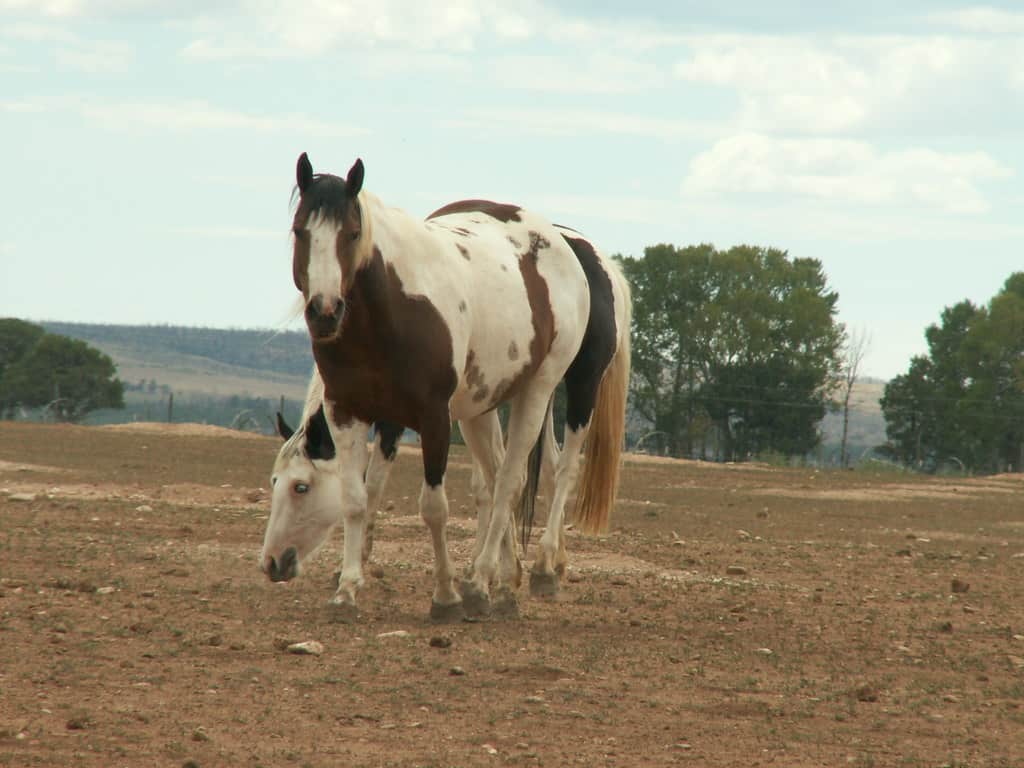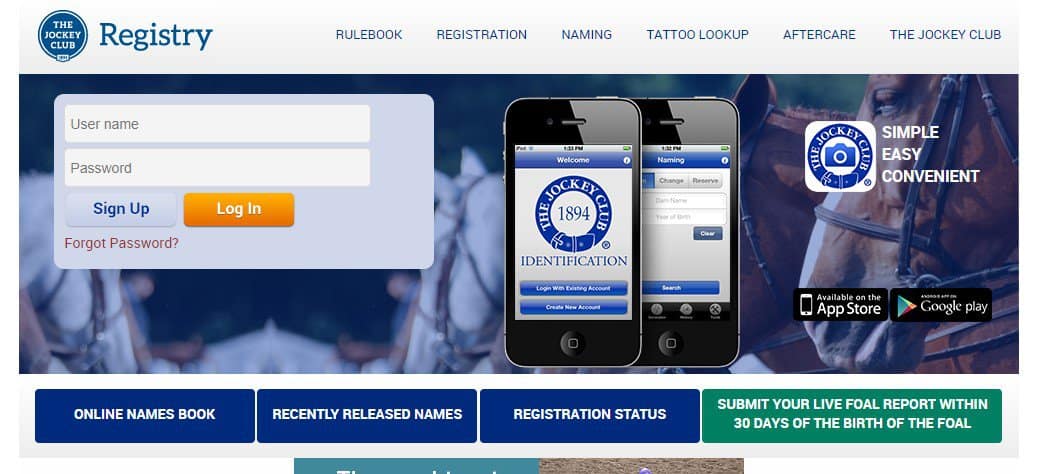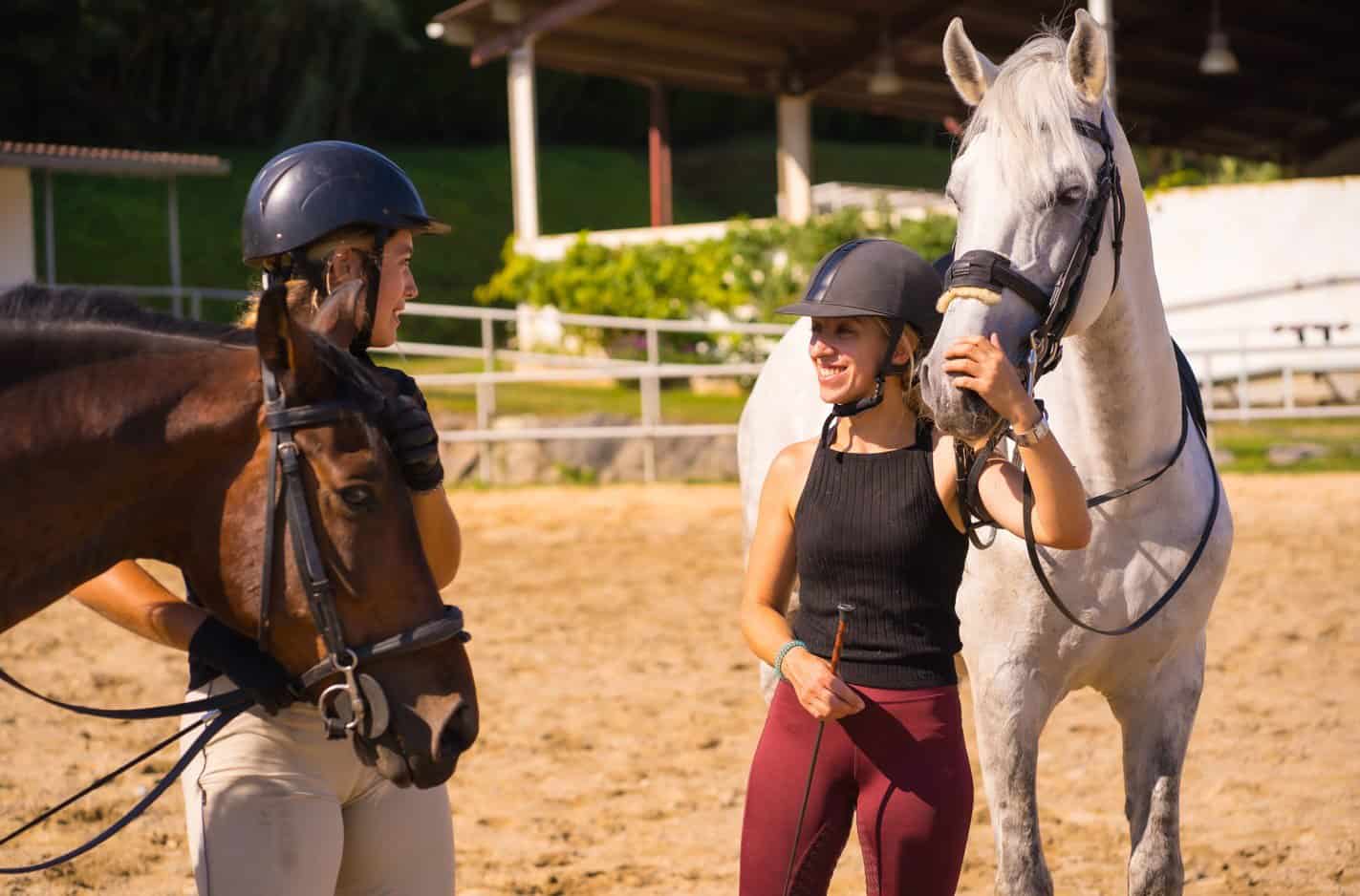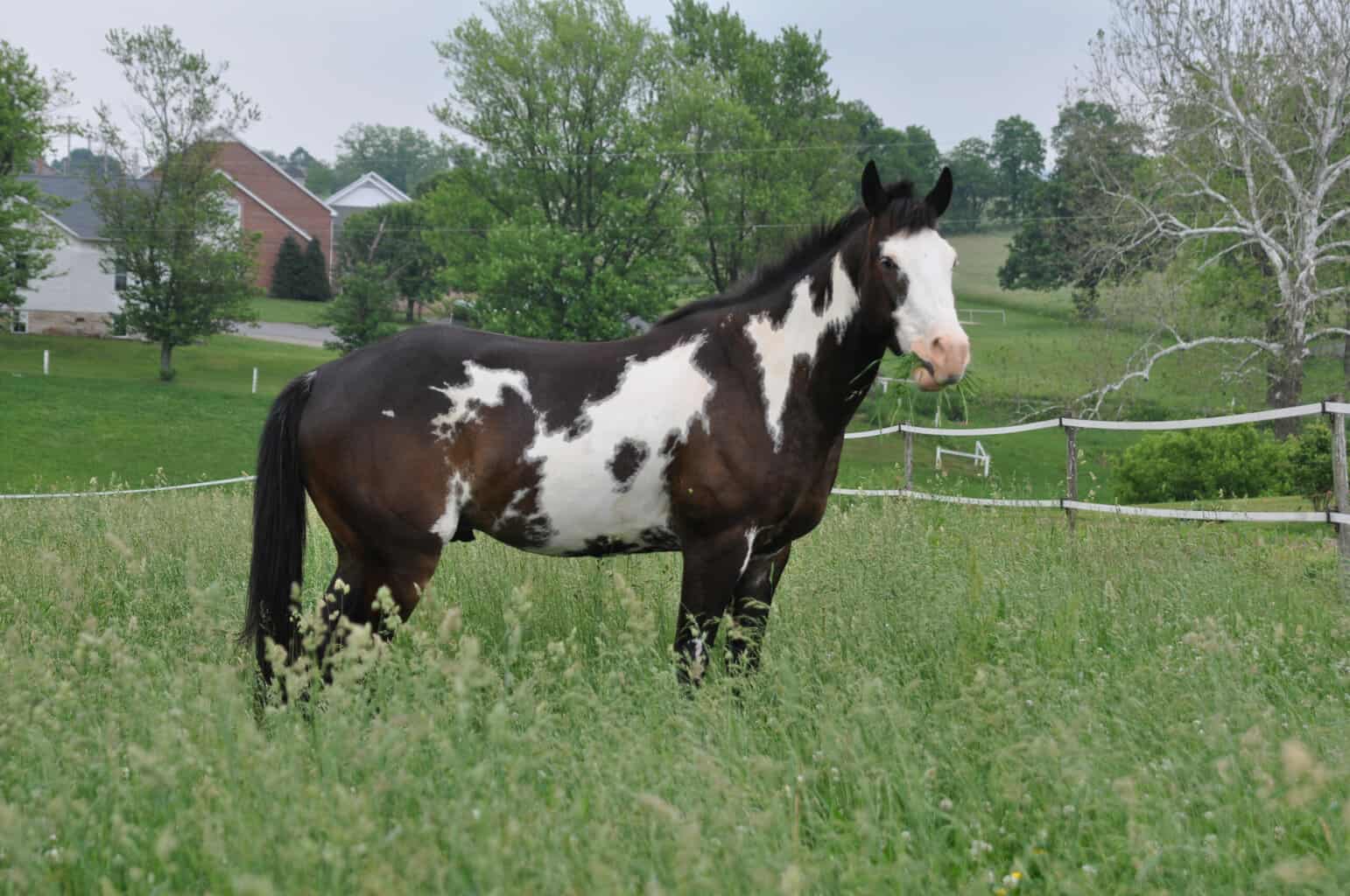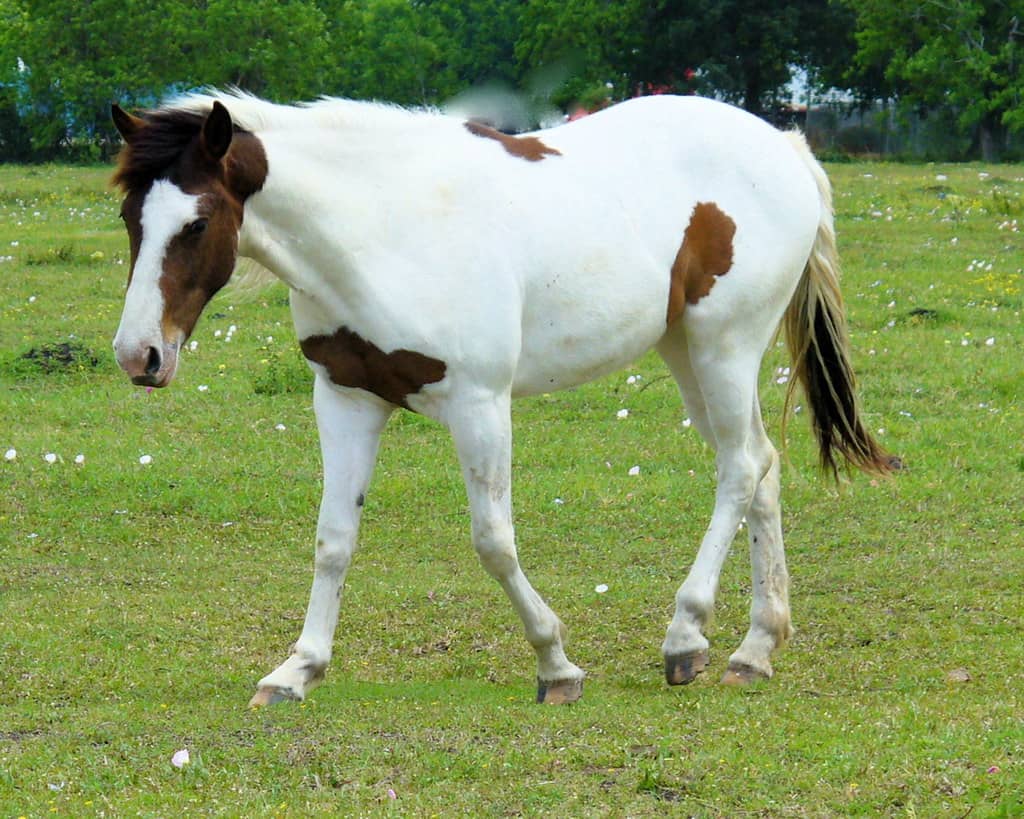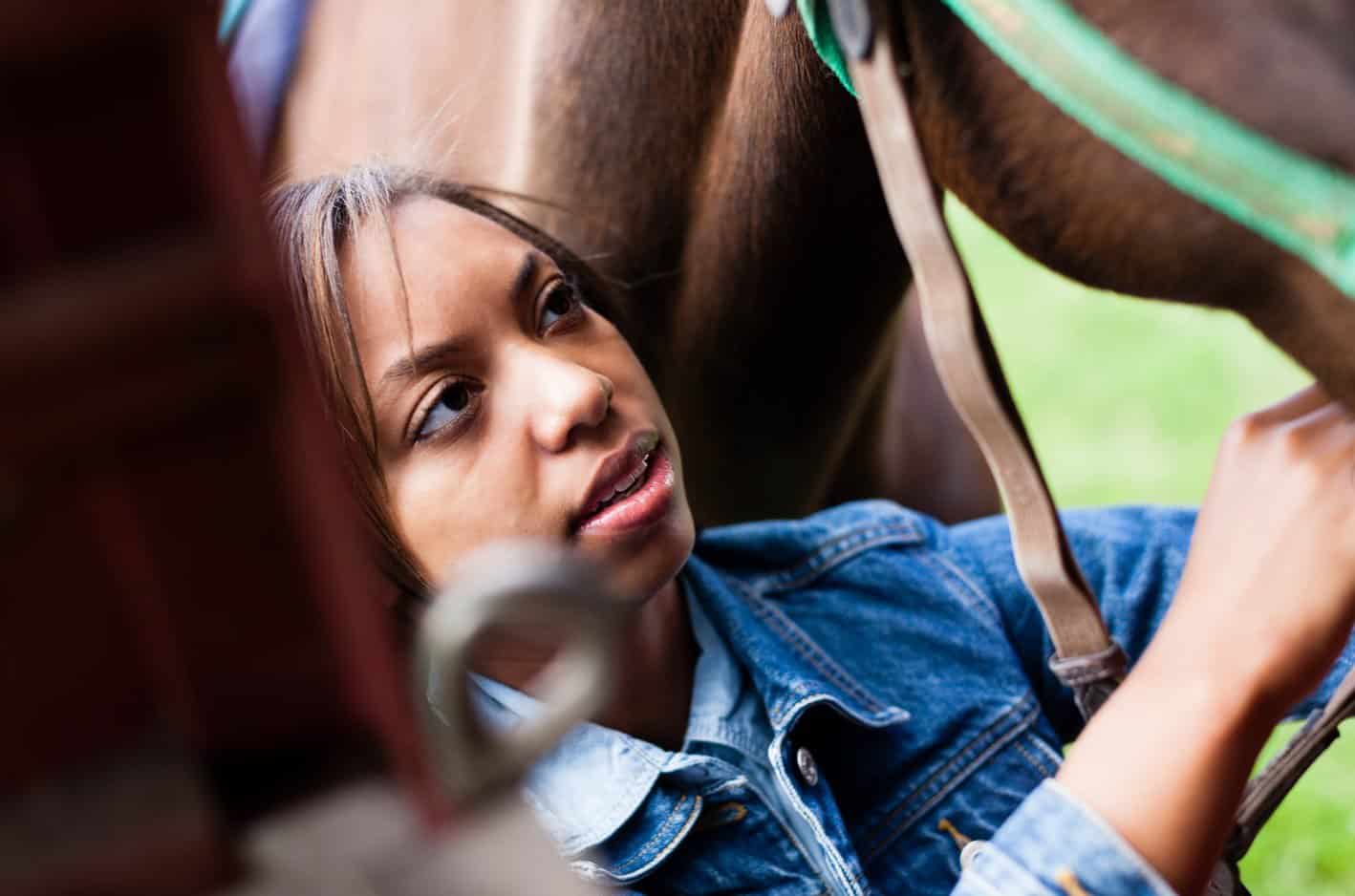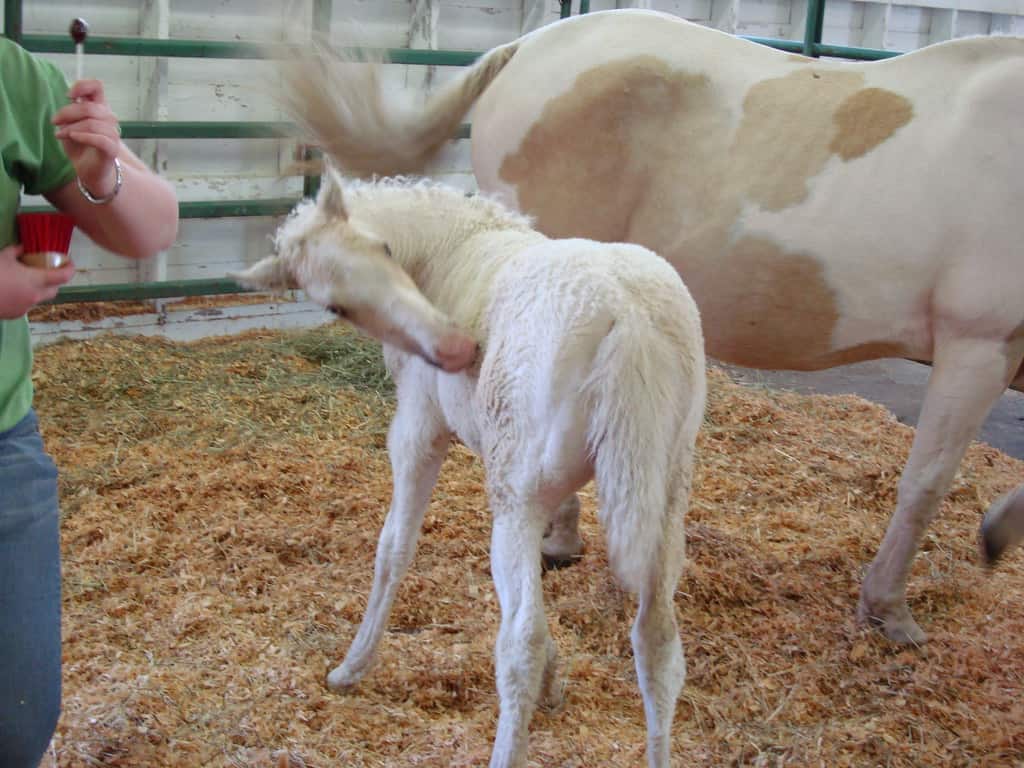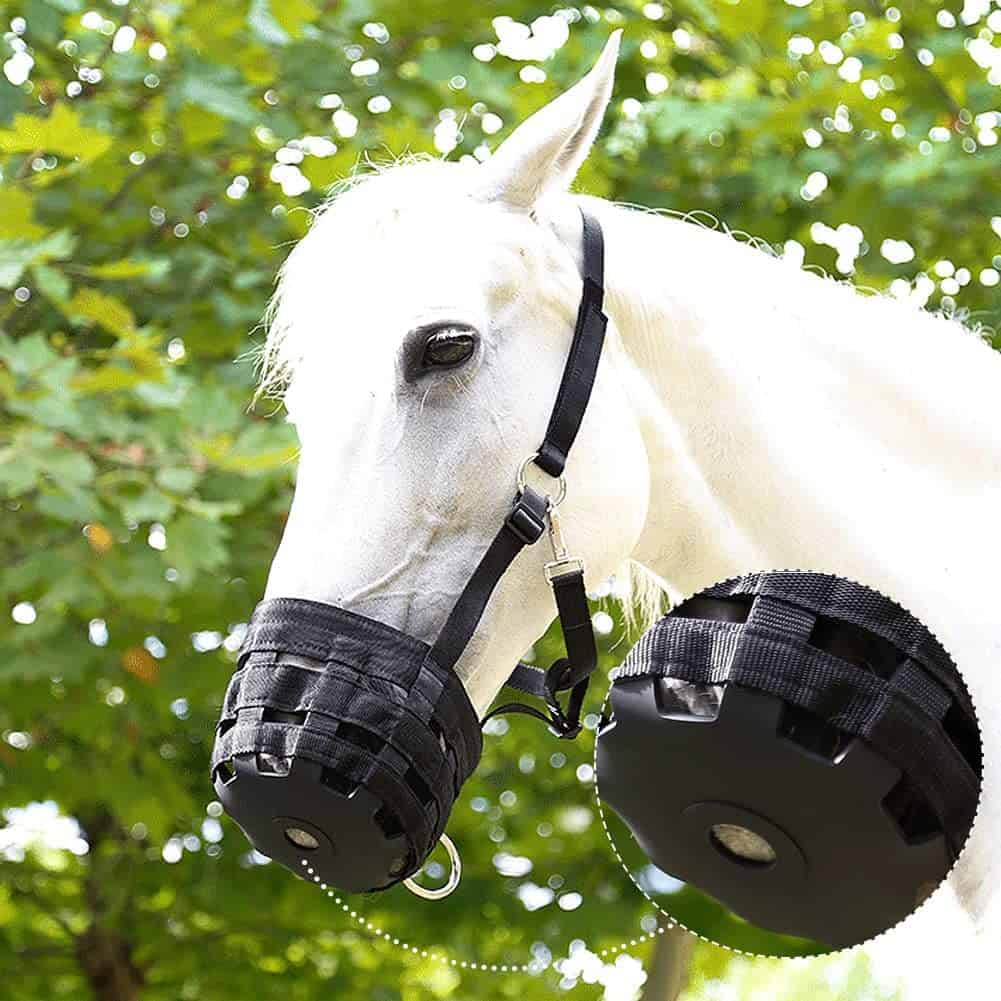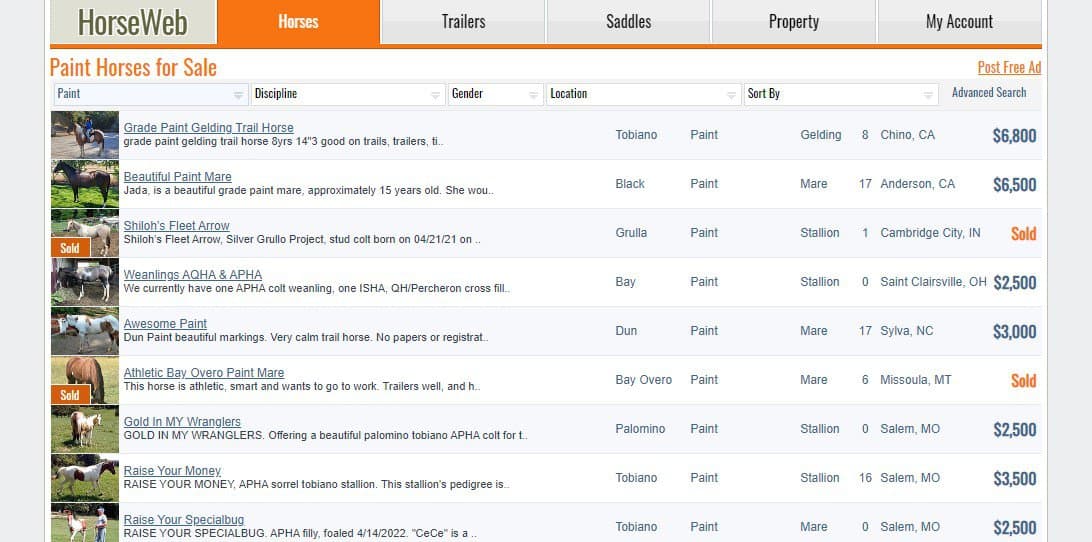- How Much Does a Bale of Hay Cost - August 15, 2023
- What is a Grade Horse: A Comprehensive Guide on Unknown Creatures of the Equestrian World - August 1, 2023
- Best Barrell Saddles - July 31, 2023
- Key Information:
- Overview
- Tale of The American Paint Horse:
- How to Identify an American Paint Horse
- Life Span of The American Paint Horse
- American Paint Horse Appearance and Varieties:
- The American Paint Horse and Its Interaction with Humans and Other Animals
- Taking Care of the Paint Horse
- Some Common Genetic Diseases among American Paint Horses
- What and How of American Paint’s Diet
- Cost of The American Paint Horse
- How to Buy the American Paint Horse
- Some Famous American Paint Horses
- FAQs
- Sources Consulted:
Breathtaking beauty, sheer will, and physical abilities have allowed horses to remain relevant and loyal to humanity for thousands of years. Be it war, agriculture, or transportation; they have contributed to the development of human society at every level.
And that’s why whenever it comes to horses, be them of any breed, they have a special place in the hearts of an equestrian like me, and it always gives me immense pleasure to write about the creatures I have spent a significant part of my life with. So, this guide is dedicated to one of the most appealing animals to walk on earth, the American Paint horse!
In this American Paint Horse guide, I will try to cover most questions people might have about this breed. However, my focus would be to distinguish the American Paint horse from other breeds while discussing the key characteristics that make it unique in the ever-so-vast world of horses.
Key Information:
- Horse Family: Equidae
- Country of Origin: United States of America
- Breed Origin: Barb, Andalusian, and Arabian. Later Thoroughbred and Quarter horses were included in the gene pool.
- Height: 56 Inches to 62 Inches
- Weight: 470 Kg to 600 Kg
- Color: Sorrel, Buckskin, Gray, Black, Bay, Brown, and Chestnut.
- Coat Colors: Piebald and Skewbald
- Body Hair: Smooth short hair, medium-sized mane
- Temperament: Obedient and Calm
- Average Lifespan: 30 Years
- Common Uses: Cattle horses, jumping, barrel racing, combined driving, etc.
- Breeding Association: American Paint Horse Association.
Overview
The American Paint Horse originated in the United States. However, it underwent years of breeding to be what we see today. Although it is similar to the Quarter Horse breed, its pinto patterns set it apart from other horses.
The need to establish the American Paint Horse Association arose in the 1950s since these horses were not registered as Quarter horses by the American Quarter Horse Association. Since its humble beginnings in 1962, the APHA currently stands as the second biggest breed registry in the world.
White markings are characteristic of these horses, and various combinations of brown, bay, and chestnut are also common in this breed. Their color pattern has been usually categorized into two main types: The Tobiano and The Overo. However, some horses also possess characteristics of both types, classifying them into a third category called Tovero.
This medium-sized horse possesses a calm nature, and it is very obedient. As it has a constant hunger to learn, beginners often find them less challenging, not to mention they are easy to train as well.
Due to its friendly nature, the American Paint horse is often used as a cattle horse, but its physical abilities allow it to participate in many sports. Some of the major sports these horses can be seen dominating include barrel racing and show jumping.
Tale of The American Paint Horse:
Almost five centuries ago, in the 16th century, the introduction of the Andalusian, Arabian, and even Barb horses to the North American shores led to the birth of this breed. Soon, these horses found themselves with Native Americans, and eventually, extensive breeding started. With the introduction of the Thoroughbreds into the process, a more resilient breed emerged.
In the mid-20th century, the Quarter horse was added to the breeding process. And although it shared more or less similarities with the American Quarter horse, the American Quarter Horse Association kept this breed out of its registry.
But it proved to be a blessing in disguise, and these horses gained an individual status of a breed, i.e., the American Paint horses. In 1962, the American Paint Horse Association was finally established, which, over the decades, became the second largest registry worldwide.
This journey of the American Paint horse never ceases to inspire me. Starting with little to no recognition, this breed soon proved its mettle in various equestrian fields. And with the development in its beautiful color patterns and coats, this breed is now counted among the most common and beloved breeds in the USA.
How to Identify an American Paint Horse
If you call yourself a true equestrian, you should be able to differentiate your favorite breed from the rest, right? So, What are the key characteristics that set an American Paint horse apart from others?
Coat
The American Paint Horse has short hair and a medium-sized mane. The coat is shiny and has a variety of dark colors, like brown, chestnut, sorrel, and black.
This horse’s unique aspect is its Pinto or spotty pattern, which is white in color and found in almost every Paint horse. This pattern was one of the main reasons why these horses weren’t accepted as Quarter Horses.
Build and Body Type
Apart from the color, another unique feature of this horse is its build. Unlike other big breeds such as Thoroughbred and Shire horses, they are a little shorter. But, this breed seems a lot like Quarter horses since they possess a very similar structure. To be specific, they have broad chests and unignorably sturdy hindquarters.
The horse is 56 to 62 inches, making it an average or a medium-sized horse. This height is ideal for most riders since it’s not too tall or small, making it one of the most common trainer horses across the US stables. But don’t forget that the Paint horses with Thoroughbred blood are usually taller than those with Quarter horse blood.
Breeding Standards
The American Paint Horse Association has established some breeding standards for Paint horses; falling short of these standards would not be able to get your horse registered. Therefore, to maintain the record of your beloved horse in the registry, I always recommend paying special attention to the following criteria:
Firstly the parents of your horse must be recognized by the Jockey Club or the American Quarter Horse Association. Secondly, the horse should possess its unique coat that actually makes Paint horses different from American Quarter horses.
Moreover, to further satisfy the breeding standards, the Paint horse should resemble the physical appearance of a Quarter horse, which means that it should be relatively muscular and have an average height of 15 hands. Not to mention, the hindquarters are expected to be fully developed to participate in sprints.
Life Span of The American Paint Horse
As mentioned above, the average age of Paints is around 30 years. However, this can vary depending on how much effort you put into the care of this majestic breed. The perfect motivation for you can be the story of Ten, the oldest registered Paint horse in America.
The secret to the longevity of this 40-year-old stallion is the constant love, affection, and care shown by its owner, something you don’t want to overlook if you want a long life for your precious horse. Below are some areas that require utmost attention when it comes to improving the lifespan of the American Paint Horse.
Knowing about Genetic Diseases
In my personal experience, proper knowledge about a particular breed’s potential genetic diseases can help mitigate the effects of such disorders, or, if you are lucky, prevent them in the first place. So, if you are looking to buy an American Paint horse, it is vital to know about the prevalent diseases in these horses.
Exercise
If you think only humans need to exercise for a healthy life, it’s time for you to reconsider. Since the Paint Horse is very close to its Quarter horse ancestors in physical aspects, this horse has unimaginable energy reserves, so it is best for a Paint owner to never leave their horse inactive for long. Otherwise, it will compromise the muscles to stay functional and healthy for the years to come.
Long walks, trail rides, or daily canter are perfect for keeping your Paint horse active. Not to mention, it also keeps the horse’s digestive system in check.
Stable Diet
As you know by now, the Paint has incredible energy and is rather muscular, so it only makes sense to give them a regular and healthy diet. Not to mention, they have good digestive systems, so you don’t have to go overboard with various high-quality and expensive feeds.
Attention and Socializing
The Paint horse possesses a calm and friendly nature. It also has a thirst to learn. So if you give it the proper attention, the horse will remain in a good mental state.
I cannot stress this fact enough: a horse’s mental stability is as important as its physical health, so it is of immense importance that your horse receives the attention it deserves. It should be noted that allowing your horse to interact with other horses every once in a while is also quite beneficial. For this purpose, I definitely recommend taking one’s horse to various equestrian events.
American Paint Horse Appearance and Varieties:
Other than their shiny coats and spotty white patterns, which are also found in other horses, the American Paint horses also possess certain color variations that make them one of the most lovely horse breeds. This variation can be categorized into two main types based on the white color patterns on a horse.
Overo
In this pattern, the darker color of the coat, especially on the back and legs, is more dominant, with irregular patches of white present across the body. However, white color dominates the face, and blue eyes can also be observed in these horses, making them close to the wild horses of the West.
The Overo category also exhibits a few more variations, which include:
Sabino
White blazes are common in this pattern, and spots are visible on the lips; furthermore, they can have irregular markings on both sides or either side of their face. White markings can also be noticed on their legs, something that is commonly found in other breeds as well. Furthermore, similar markings can also appear on the belly of the horse.
Splashed White
As the name represents, these horses have “splashes” of white on their heads, and a similar color pattern can be seen on their legs and sometimes on their bellies.
Frame
It can be distinguished by the dominant white markings on his head and blue eyes. Unlike other patterns, the entire body is primarily white, with a darker and smaller portion of the secondary color. However, this darker pattern continues towards the legs, making the horses a bit more attractive.
Tobiano
Tobiano is the more common pattern than Overo. Its distinct feature is the dominant white patches on the legs and the tail. Not to mention the head also has snip or star patterns.
Tovero
Sometimes a Paint horse might possess the characteristics of both Overo and Tobiano types. This mix of patterns is identified as a Tovero. Tovero has a complex coloration; however, the typical pattern includes a dark body with a white face.
The American Paint Horse and Its Interaction with Humans and Other Animals
If I state it in the most honest and straightforward words, the American Paint horse is very friendly and lovable. Such traits might be ideal for keeping them alongside other pets or horses, but this does not mean you should freely allow small dogs around them. If your poodle or chihuahua roams freely in the stable or barn, it is better to introduce them to the horse by bringing them closer to where your Paint horse can clearly see them.
A lot of stable owners revere this breed for its calm temperament. It is a perfect riding buddy for kids, and as soon as the horse gets acquainted with the surroundings, it is less likely to get spooked.
Furthermore, the American Paint horse is pretty intelligent, which allows it to tackle unforeseen circumstances efficiently, making it a perfect trail horse. Its intellect also allows it to have this urge to learn, and, unlike Arabian horses, it is very cooperative during training; my favorite thing about the nature of this horse.
One may argue that the Paint horse inherited such traits from the American Quarter Horse, which is right up to some extent; it has a personality of its own.
You will often see this horse portraying its love for those around it and might even nudge you a little. That’s why I like to call these horses “good bois” of the barn. And their use in movies, especially in one of my favorite movies, “Hidalgo,” TV shows, and even video games is a testament to their loving and easy-to-work-with nature.
Taking Care of the Paint Horse
If you ask me, a Paint horse doesn’t require you to put extraordinary effort into its care. All horse breeds require shelter and access to decent food and water, and the American Paint Horse is no different. But that does not mean they need a big portion of feed like Draft horses or require a wide pen like Appaloosa.
Grooming
It might seem that grooming is done to amplify the appearance of your horse, and even though that is correct, there is much more to it than just pleasing one’s eyes. Regular grooming allows your riding buddy to stay hygienic, reducing the chance of being subjected to skin problems.
Shelter and Habitat
Just like us humans, horses need a safe and clean place to stay. Paint horses are natural grazers, so providing them with plenty of room to roam around is usually recommended. Although they do not cause any trouble in a small enclosure, a wide and open space improves their mood significantly, which is essential for their mental well-being.
Also, providing your beloved Paint horse with a sturdy, clean, and dry shelter is necessary, especially if you live in the southeastern region of the US, where it rains like the French Inquisition, i.e. when you least expect it.
Some Common Genetic Diseases among American Paint Horses
Like other breeds, the American Paint horse might also run into unfortunate illnesses over the years. However, most of these diseases often find their way during the breeding process. A brief description of a few of these diseases is given below:
Lethal White Syndrome
The most common genetic disease an American Paint Horses can be born with is the Lethal White Syndrome (LWS), which is also perhaps the worst disorder in Paint horses. Unfortunately, there is no cure for this disease, and some foals could not even make it past few weeks.
LWS occurs when a foal gains two copies of mutated genes. This results in a unique solid white coat of the foal, and its intestines do not develop appropriately. These mutated and under-developed intestines can’t excrete fecal matter; hence, euthanizing the poor horse is the only option left in most cases.
To prevent this rather bizarre and painful disease, a breeder is always recommended to perform a DNA test on the breeding horses. This allows the horse carrying the mutated genes to be identified beforehand, consequently preventing it from breeding and spreading the disease.
Hyperkalemic Periodic Paralysis
Being the descendant of the American Quarter horse, the biggest setback the Paint horse ever received is Hyperkalemic Periodic Paralysis.
This tongue-twisting name for a disease impacts the potassium levels in the blood of the Paint horse, which results in weakness, and in prolonged cases, your horse might start to tremble. To protect your horse against this illness, you must monitor the potassium intake in its diet.
Malignant Hyperthermia
Once this disease is diagnosed, there isn’t much you can hope for your poor Paint horse. The symptoms start with an ordinary temperature, i.e., increased heart rate coupled with body temperature; however, it leads to muscle twitching that is very painful for the horse. In order to avoid this disease, you have to make sure that neither of the parents has a mutated RYR1 gene.
Hereditary Equine Regional Dermal Asthenia
As the name suggests, this disease targets the skin of the horse. The skin becomes extremely weak, and small scratches and pulls can easily damage the skin. This also leads to cracks oozing blood or plasma with a high chance of infection.
Unfortunately, once diagnosed with HERDA, the horse must be put down. Just like LWS or HPP, the best way to avoid this disease is by careful breeding.
What and How of American Paint’s Diet
If Paint horses could read, this might have been their most anticipated section of this guide. After all, who does not like talking about food? But sorry, my friend horses. I am not going to suggest keeping your stomach full all day long; you are not a Draft horse anyway.
Despite their muscular body, American Paint Horses require less food than ordinary horses, as they are more prone to obesity than other breeds. However, feeding too little makes them weak. So, it is always essential to provide them with a balanced diet consisting of about 16-20 pounds of hay per day. But, if you are looking to give treats to your beloved American Paint, do not forget to add apples, corn, or oats to the menu.
This horse is a natural grazer and loves grasses, plants, and bushes. Although this diet is quite nutritious, roaming the pastures freely can result in over-feeding. So, I always recommend putting grazing muzzles on their mouths when let open in the fields.
Cost of The American Paint Horse
Well, now I believe you have gathered a lot of information about American Paint horses. So, if you are planning to buy and add this beautiful breed to your stable, you should keep $2000-$5000 in mind, but this price can vary depending on various factors.
The cost of most Paint horses is directly related to their training or success rate in various events. Sometimes physical characteristics such as its coat and color pattern or even the build of a horse can affect the element of price. Not to mention, age and health are critical factors in determining the cost of the horse as well.
Some American Paint Horses that had an exceptional price tag include:
- Mark This Roscinate, sold for $33,000 in Oklahoma in 2019.
- Gunner, the most expensive Paint Horse, was estimated at $2 million in 2010.
How to Buy the American Paint Horse
The American Paint Horse is extremely popular around the globe, especially in the United States of America. So buying a perfect Paint for yourself will not be a hassle since it is readily available on the market. You can easily find American Paint horses in adoption centers and horse auctions. However, some dedicated websites also deal with these horses and offer many options. They include:
Don’t forget, if you lack knowledge about horses, taking the help of a professional while buying is strongly recommended to avoid significant inconveniences.
Some Famous American Paint Horses
Ten, the Oldest American Paint Horse
This horse is owned by Joy Martin Doss and is located in Hopkins County, Texas. The reason for its popularity is its age, around 40 years, which is considerably more than the average Paint Horse.
Gunner, the Most Expensive Paint Horse
Gunner was registered as Colonels Smokinggun with the American Paint Horse Association and was a horse with many achievements under its belt, or should I say under its saddle. In 1996 he was the champion of NRHA Futurity Open Reserve.
And in 1998, he became the champion of NRBC Open Reserve and dominated various other competitions. He earned his Two Million Sire Mark in 2010, becoming the most expensive American Paint horse the world has ever seen. But his legacy did not stop there; by 2022, this sire has generated twelve million dollars through his offspring.
FAQs
Answer: A lot of people often confuse these two words. Simply put, the Paint is a bloodline of horses bred from American Quarter horses and Thoroughbred, while Pinto is the spotty color pattern of a coat that can be found in multiple breeds. It can be concluded that all Paints are Pintos, but not all Pintos are Paints.
Answer: The Lethal White Syndrome or the Overo Lethal White Syndrome is the worst genetic disease your Paint foal can be born with. As the name suggests, it mainly occurs in foals with a dominant white color pattern.
Unfortunately, the victim of this lethal disease has two mutated genes that disrupt its intestines’ development; this underdevelopment of the colon renders it impossible to excrete fecal matter.
Being an incurable disease, it is best to euthanize a foal with LWS to save it from a more painful death.
Answer: The American Paint Horses inherited the calm and amiable nature of their American Quarter Horse parents. They possess a very docile and loyal heart, often portraying feelings of attachment towards their owner. Not to mention, these horses have a desire to learn new things. All these traits allow this breed to be a perfect fit for beginners.
Sources Consulted:
- American Paint Horse Price – How Much Does It Cost? (horseislove.com)
- American Quarter Horse Guide: Everything You Need To Know About Them (thehorseandstable.com)
- Gunner Makes History – Quarter Horse News
- Paint Horse Breed Profile (thesprucepets.com)
- Paint Horse Colors. Plus 6 Fun Facts And Pictures. (horseracingsense.com)
- Center for Equine Health | School of Veterinary Medicine (ucdavis.edu)

